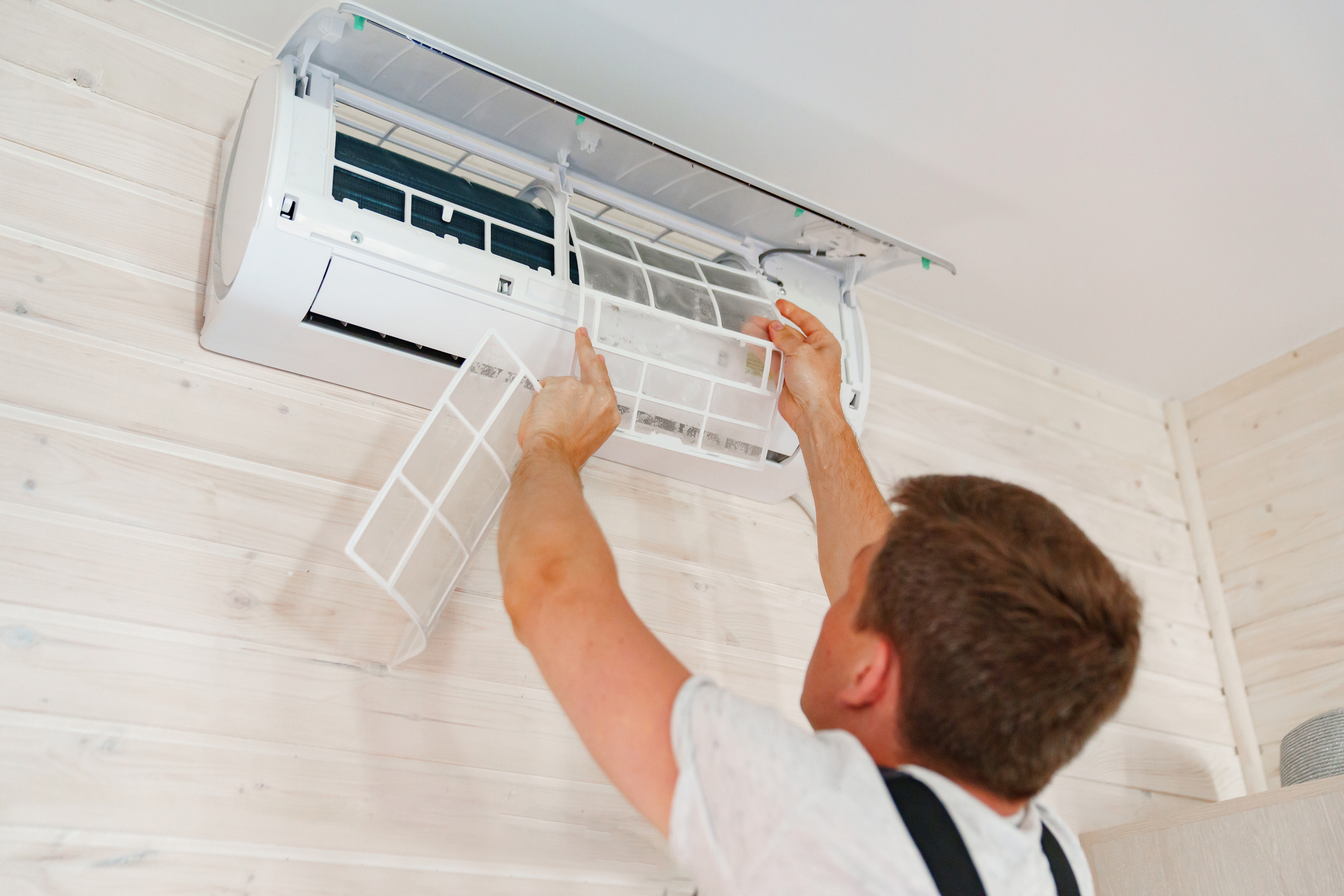Your air conditioning system plays a crucial role in keeping your home cool and comfortable, especially during hot summer months. However, over time, even the most well-maintained AC units can start showing signs of wear and tear. While repairs can often address minor issues, there comes a point when repairing your air conditioner isn’t enough, and a replacement becomes necessary. Recognizing these signs can save you from ongoing frustrations and expenses. In this comprehensive guide, we’ll explore the key indicators that it’s time for a new air conditioning replacement.
1. Age of Your AC Unit
One of the primary factors to consider when contemplating an AC replacement is the age of your current unit. Generally, AC systems have a lifespan of around 10 to 15 years. As your system approaches or surpasses this age range, it becomes more susceptible to breakdowns and inefficiencies. If your AC unit is nearing or has exceeded its expected lifespan, investing in a new, more energy-efficient model can lead to improved performance and lower energy bills in the long run.
2 . Frequent Breakdowns and Repairs
Are you noticing that your air conditioner requires frequent repairs to function properly? While occasional repairs are normal, a pattern of recurring breakdowns is a clear sign of underlying issues. Continuously repairing an aging system can become costly and inconvenient. Instead of pouring money into repairs, consider replacing your AC unit, especially if the repairs are becoming more frequent and costly over time.
3. Decline in Cooling Performance
One of the primary purposes of your air conditioning system is to maintain a comfortable indoor temperature. If you’re experiencing uneven cooling, reduced airflow, or inconsistent temperatures throughout your home, it could indicate a decline in your AC unit’s cooling performance. This decline may be due to worn-out components, refrigerant leaks, or inefficient operation. A new AC replacement can restore efficient cooling and improve comfort levels in your home.
4. Increasing Energy Bills
Have you noticed a steady rise in your energy bills despite regular usage patterns? An inefficient or aging air conditioner can contribute significantly to higher energy costs. As AC units age, they often lose their energy efficiency, leading to increased power consumption to maintain desired indoor temperatures. Upgrading to a newer, energy-efficient model can help lower your monthly energy bills and reduce your carbon footprint.
5. Outdated Technology and Features
Advancements in HVAC technology have led to the development of more energy-efficient and feature-rich air conditioning systems. If your current AC unit lacks modern features such as programmable thermostats, zoning capabilities, or variable-speed compressors, you may be missing out on enhanced comfort and energy savings. Upgrading to a new air conditioning system with advanced technology can provide better control over your indoor environment and improve overall efficiency.
6. Excessive Noise and Vibration
Unusual noises or vibrations coming from your air conditioner can indicate mechanical issues or worn-out components. While some level of noise is normal during operation, persistent loud noises or vibrations may signal underlying problems. These issues can disrupt your peace and indicate that your AC unit is struggling to function optimally. Considering a replacement can eliminate these disturbances and restore a quieter, more efficient cooling experience.
7. Poor Indoor Air Quality
Your air conditioning system regulates the temperature and plays a major role in the air quality. If you notice an increase in dust, allergens, or musty odors in your home, it could be a sign that your AC unit is struggling to filter and circulate air effectively. Upgrading to a new air conditioning system with improved filtration capabilities can enhance indoor air quality and create a healthier living environment for you and your family.
8. Environmental Considerations
Older air conditioning units may use refrigerants that are harmful to the environment, such as R-22 (Freon). Due to environmental regulations, the production and use of these refrigerants are being phased out. If your AC system relies on outdated refrigerants, it may become challenging and expensive to obtain replacements in the future. Upgrading to a new system that uses eco-friendly refrigerants can ensure compliance with environmental standards and future-proof your cooling setup.
Knowing when to replace your air conditioning system is crucial for maintaining indoor comfort, energy efficiency, and cost-effectiveness. By paying attention to these signs, such as the age of your unit, frequent breakdowns, declining performance, rising energy bills, outdated technology, excessive noise, poor indoor air quality, and environmental considerations, you can make an informed decision about investing in a new air conditioning replacement. Consult with HVAC professionals to assess your current system and explore options for upgrading to a more efficient and reliable AC unit that meets your cooling needs for years to come.
Upgrade your comfort today by partnering with our experts at Premier Comfort Solutions! Learn the undeniable signs that signal it’s time for an air conditioning replacement. Don’t settle for inefficient cooling – Call us now at 316-680-3314 to discover cost-effective solutions now!


